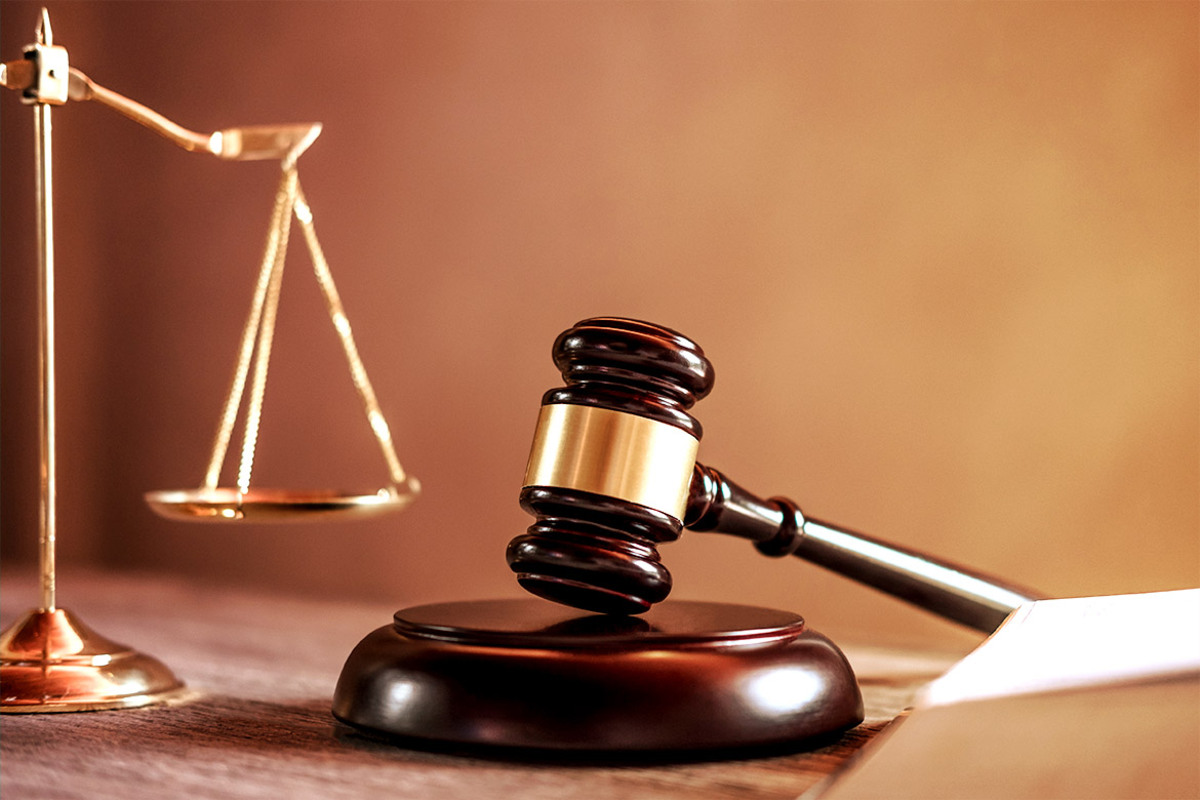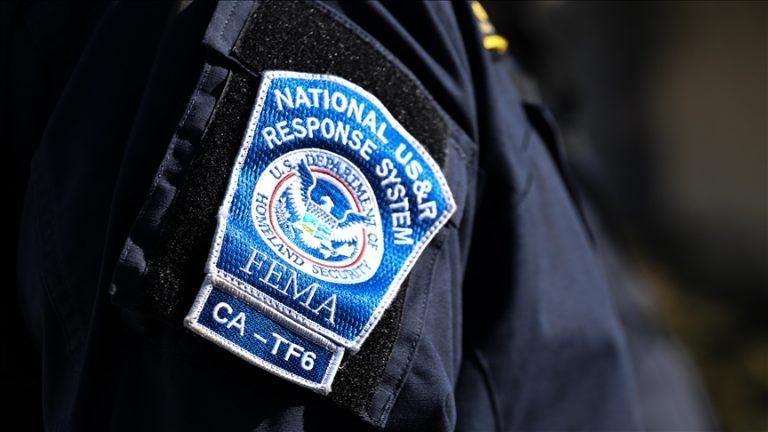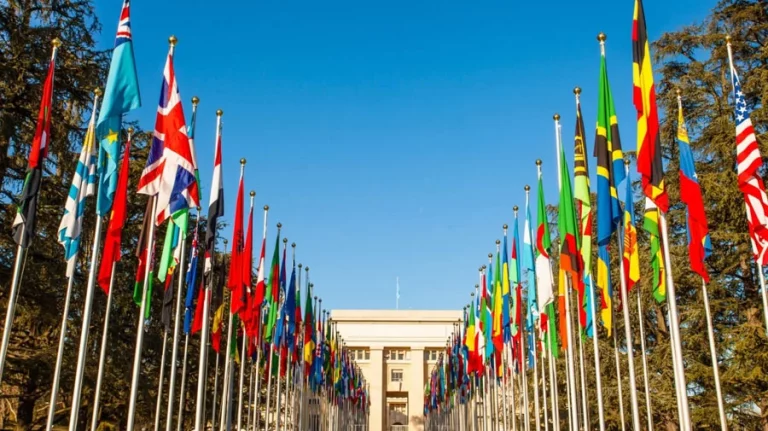
how us judicial system works
How US Judicial System Works
If you want to know how US judicial system works, this article explains the structure and function of the courts in plain language. You’ll learn the difference between federal and state courts, the roles of trial and appellate courts, how appeals work, what judicial review means, and where to follow cases and decisions.
The dual system: federal courts and state courts
The United States operates a dual court system — federal courts and state (or local) courts — that operate in parallel and handle different kinds of legal disputes. State courts handle most criminal cases, family law, probate, and many civil disputes; federal courts hear cases that involve federal law, constitutional questions, disputes between states, or parties from different states when the amount at stake meets certain thresholds. Understanding this split is the first step in seeing how US judicial system works. (Democracy Docket)
Federal court structure — trial courts, appeals, and the Supreme Court
The federal system has three primary levels:
- U.S. District Courts (trial courts): There are 94 federal judicial districts where trials are held, facts are determined, and juries may sit. District courts handle civil and criminal cases under federal law. (United States Courts)
- U.S. Courts of Appeals (Circuit Courts): The federal appeals level is divided into 13 circuits (12 regional circuits plus the Federal Circuit). Panels of three appellate judges review district-court decisions to determine whether legal errors occurred; they do not usually re-weigh facts or hear new evidence. (United States Courts)
- U.S. Supreme Court: The nation’s highest court is the final arbiter of federal constitutional and statutory questions. The Supreme Court selects most of its cases through the certiorari process and issues binding precedents for lower courts. (United States Courts)
These levels show the basic pathway a federal case follows when escalated from trial to final review — a core piece of understanding how US judicial system works. (Department of Justice)
How appeals work — what appellate courts review
An appeal is not a new trial. Appellate courts review the trial record and legal arguments (briefs and oral argument) to decide whether the trial court applied the law correctly. Appeals focus on alleged legal or procedural errors — for example, whether the judge gave a correct jury instruction or admitted evidence properly. If the appeals court finds reversible error, it can reverse or remand the case for a new trial; if not, it affirms the lower court’s decision. (United States Courts)
Judicial review — courts and the Constitution
A defining power of the U.S. judiciary is judicial review: the authority to interpret the Constitution and invalidate laws or executive actions that conflict with it. That authority was established in the landmark case Marbury v. Madison (1803), which set the precedent that the courts may declare statutes unconstitutional — a central mechanism in how the American system checks and balances other branches of government. (Legal Information Institute)
Criminal vs. civil jurisdiction — who goes where
Not every case can go to federal court. Federal courts typically have jurisdiction over:
- Cases arising under the U.S. Constitution, federal laws, or treaties;
- Diversity jurisdiction (disputes between parties from different states when the amount in controversy exceeds a statutory threshold);
- Certain specialized matters (bankruptcy, patent law, admiralty).
State courts generally handle most criminal prosecutions (state crimes), family law, wills and estates. And the bulk of contract and property disputes. Sometimes a case could be heard in either system depending on the legal basis. (United States Courts)
How cases reach the Supreme Court
The Supreme Court receives thousands of petitions for review (petitions for certiorari) each term and accepts only a small fraction — typically those that present important federal or constitutional questions, or where circuit courts disagree. When the Court grants certiorari, it schedules briefing and oral argument before issuing a written opinion that becomes precedent for the entire country. This selective process explains why very few cases reach the nation’s highest court. (United States Courts)
Who are the judges and how are they placed?
Federal judges (district and circuit) and Supreme Court justices are nominated by the President and confirmed by the U.S. Senate. They hold office during good behavior (effectively lifetime appointments), which the framers designed to insulate judicial decision-making from short-term political pressures. Magistrate judges and bankruptcy judges serve more specialized or term-limited roles within the federal system. (United States Courts)
Following cases and public resources
If you want to watch how US judicial system works in real time, several public resources help:
- USCourts.gov — official information about federal courts, their structure, and case types. (United States Courts)
- Supreme Court (Oyez, official website) — opinions, oral-argument audio, and case summaries. (Oyez)
- PACER and local court websites — docket entries and filings (Pacer is the federal electronic case system; many courts provide local access or summaries). (Federal Judicial Center)
Final takeaway — why this matters
Knowing how US judicial system works helps you understand how laws are interpreted, how disputes are resolved, and how constitutional rights are protected. The dual court system, the layered federal structure (district → appeals → Supreme Court). And the power of judicial review together shape how rules and rights take concrete form in American life. If you’re tracking a particular case or legal issue, start with the official court websites. And reliable legal explainers to get accurate, up-to-date information. (Democracy Docket)
Follow TNN for more US NEWS TODAY!






